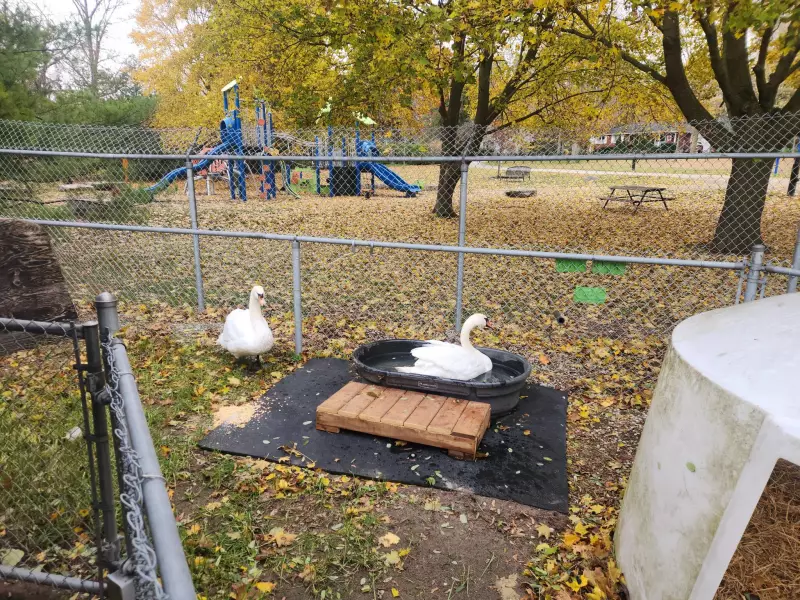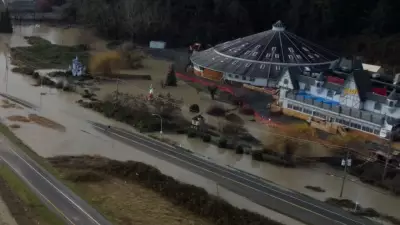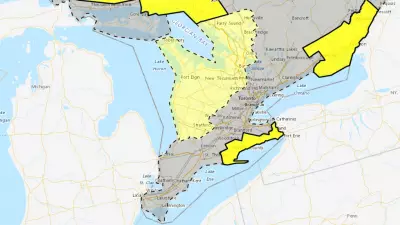
The familiar sight of elegant white forms gliding across Victoria Park's lagoon has returned, as Kitchener's cherished trumpeter swans have completed their annual migration back to their winter sanctuary. These magnificent birds, having spent the warmer months in their summer breeding grounds, are now settling into their protected home for the colder season.
A Seasonal Homecoming Celebrated by Community
For Kitchener residents, the return of the swans marks a beloved seasonal tradition. The birds' arrival signals the changing seasons and brings a touch of natural beauty to the urban landscape during the winter months. Their presence in the partially frozen lagoon creates a picturesque scene that draws visitors and photographers to the park throughout the colder season.
From Near Extinction to Conservation Triumph
The story of Kitchener's swans represents one of Ontario's great conservation success stories. Trumpeter swans were once nearly extinct in the region due to hunting and habitat loss. Through dedicated conservation efforts and breeding programs, these majestic birds have made a remarkable comeback.
The current flock continues this legacy, with their seasonal movements carefully monitored by local conservation authorities. Their reliable return each winter demonstrates the effectiveness of ongoing protection measures and habitat management in Victoria Park.
Winter Care and Protection
During their winter stay, the swans receive special care to ensure their health and safety through the challenging Canadian winter. The City of Kitchener maintains open water areas in the lagoon and provides supplemental feeding when natural food sources become scarce under ice and snow.
Visitors are reminded to observe the swans from a respectful distance and not to feed them, as human food can be harmful to their delicate digestive systems. The protected environment allows the birds to conserve energy and remain healthy until spring arrives and they can return to their breeding grounds.





